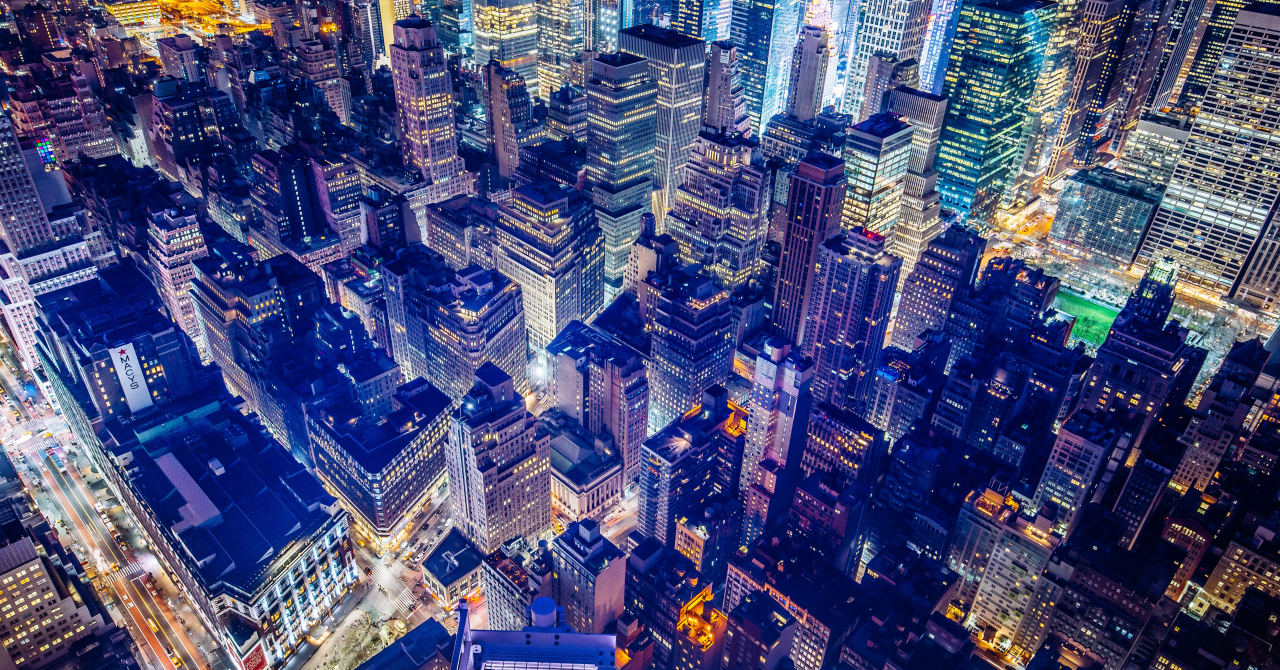We wrote on Green Start-up about concepts that are meant to transform cities in more integrated and friendly environments, both for the people and the nature.
The 15-minute city concept, for example, aims to replace cars with public and alternative transportation methods. For such a city to be effective, all city residents need to have access to basic facilities, such as medical centers and grocery stores, within 15 minutes of their house either by foot, public or alternative transport.
Barcelona and Seattle are two of the cities that explore ways to successfully implement this concept for their dwellers.
Some of the measures that will be taken, according to the Singapore Green Plan 2030, are the development of a nature focused neighborhood, where citizens will be able to travel only by using public transport, and the improvement of the efficiency of various buildings around the city.
What is a smart city
A smart city is a city which integrates digital technologies into its networks, services and infrastructure. Some of the ways a city can become smarter is by improving its public transportation system and the energy efficiency of its buildings and street lighting system.
A smart and sustainable city must use information and communication technologies in order to improve the quality of life for its citizens and to ensure that present and next generations will have a better future.

Also, a smart city promotes environmental initiatives, such as recycling and the use of public and alternative transportation methods, like walking, biking or using ride sharing services.
For a smart city to continue evolving, public institutions and authorities must work permanently with private companies in order to improve the services and the quality of the city.
Characteristics of a smart city
Digitalization is one of the key aspects of building a smart city, which can be achieved by integrating new technologies in every sector which can support their implementation.
Smart buildings are a very important aspect of a smart city, as they are designed to be very energy efficient, using less energy and this way, they can be potentially run by renewable sources, such as solar panels.
Also, the European Commission hopes to install solar panels on all public buildings found in the European Union by 2025, which could help the whole bloc become smarter and more self-sufficient.
The smart infrastructure is another key aspect of a smart city, and in order to improve it, authorities can invest in things like solar powered bus station shelters, which can produce solar energy that can be sent to the power grid and in street lights that can be solar powered as well, essentially storing the energy that they can produce during the day and use it at night to light the streets. These can also be fitted with smarter, more energy efficient light bulbs to reduce their energy consumption.

The smart mobility is another thing that residents can benefit from, by using ride sharing services equipped with hybrid or electric cars or by using an improved public transportation system with electric or hydrogen powered buses.
Promoting scooters and bicycles also enables a city to become smarter and greener, overall, lowering the noise and emission levels.
By switching from fossil generated energy to energy coming from renewables, a city automatically becomes smarter, and this can mostly be achieved if we work to make everything more power efficient, since renewables don't have the capability to output as much power as fossil-power sources.
Some residential neighborhoods that have access to a large, unused space can implement solar panel farms or wind power farms, so they can draw all the required energy from renewables.
Solar panels could be implemented on some blocks of apartments, and while they might not provide people living there with all their energy needs, the renewables can at least generate some of the required energy.
By upgrading homes to become smart, city dwellers can improve their quality of life. This can be done by renovating old homes and fitting them with more energy efficient solutions, appliances and smart applications that can allow for control over most things found in a house.
How does a smart city work
Smart cities work using smart devices connected to a network, such as sensors and meters that allow for data collection and analysis. Then, authorities can use the gathered data to implement new actions to make a city smarter and more efficient.
This way, they can improve the infrastructure and public facilities so that people can live in a more advanced city with things like better security, a better transportation system and generally, a less stressful life.

Smart city: advantages and drawbacks
The advantages of making a city smart include, but are not limited to, a better air quality and health in general, a better transportation system and more efficient public buildings and homes that are able to also provide their own necessary energy.
There is only one main drawback when it comes to developing a smart city and that is the fact that this process takes a long time, especially for old cities that have an old infrastructure and old buildings that are harder to renovate and be fitted with modern technologies.
Also, it can be very expensive to develop a fully smart city, but measures should be taken step by step with the help of a solid plan.
The three smartest cities in Europe
As of 2020, the smartest city in Europe was London, due to the digital inclusion and the implementation of IoT (Internet of Things) across the city. The innovative ecosystem and smart policies also enabled the city to be the smartest in the world in that same year.
Helsinki was, in 2020, the second smartest city in Europe and the fifth in the world, due to the budget allocated for improving the city and the amount of green talent that could make that happen.
Kalasatama was a district that Helsinki used as a platform for 25 infrastructure, building and experimental projects.
Barcelona was the third smartest city in Europe and the ninth in the world, mostly due to its record in becoming a more sustainable city.
The investment made by officials saved on 58 million dollars-worth of water and enabled the development of some 47.000 jobs.
Why do we need smart cities
As around 54% of the world population lives in city areas and the number can increase to 66% by 2050, there is a bigger need than ever to have more sustainable and self-sufficient cities that will be able to provide a cleaner and greener future for everyone.
Besides managing social and environmental problems, smart cities can help with the development of new jobs for people that will be needed to take care of all the technologies that can be implemented in a smart city.
 Mihai - Cristian Ioniță
Mihai - Cristian Ioniță












Any thoughts?